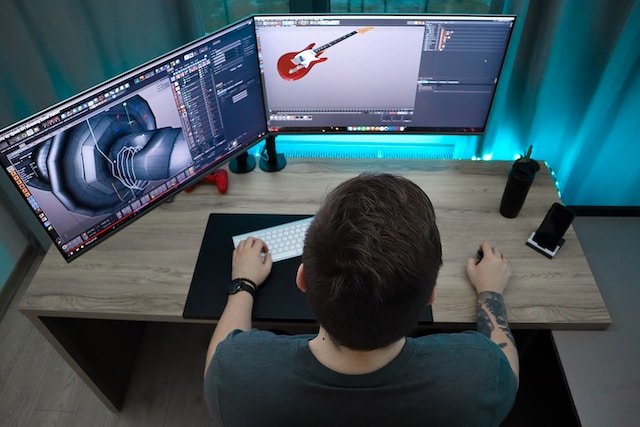5 Inspiring Examples of Innovative 3D Design in Advertising
The world of advertising has witnessed a radical shift thanks to technological innovations. A design 3d model isn’t just a tool for architects or video game designers; it’s become a creative canvas for advertisers looking to captivate audiences. Dive into 3D design and discover how it’s transformed the advertising landscape with these five inspiring examples.
1. Billboards with Depth
Gone are the days when billboards were flat and static. Today’s innovative advertisers use 3D design to give depth and life to these large-scale displays. Remember the billboard showcasing a giant 3D mug with steam rising from it? Such designs capture more than just attention. They remain in viewers’ memories, amplifying the advertisement’s impact. Advertisers are challenged to stand out and create lasting impressions in this era of sensory overload. Integrating 3D design into billboard advertising has allowed brands to do just that. By adding depth, motion, and even interactive elements to billboards, advertisers can transform mundane advertisements into captivating visual experiences.
2. Immersive Product Demos
Advertisers have begun to harness the power of 3D models to showcase the intricacies of their products. By offering a 360-degree view, potential customers can virtually touch, rotate, and dissect products. Think about that advertisement of a luxury watch where viewers could explore every angle, every shimmer of the jewel, and the intricate mechanics ticking inside. It’s a powerful way to highlight craftsmanship and quality.
3. Interactive Magazine Spreads
Flipping through a magazine, one doesn’t expect a static page to come to life suddenly. But with augmented reality (AR) powered by 3D designs, it’s a reality today. For instance, there was that perfume ad where scanning the page with a smartphone made a 3D rose bloom and revolve, releasing virtual petals. This union of traditional print media with cutting-edge 3D tech creates unforgettable interactive experiences. The convergence of print media and 3D visualization through augmented reality is rewriting the rules of engagement in advertising. By seamlessly blending the tangible experience of reading a magazine with the dynamic interactivity of 3D models, advertisers are breathing new life into a traditional medium.
4. Lifelike Mascots and Characters
3D design has allowed brands to bring mascots and brand characters into the real world. From cereal boxes to TV commercials, these characters aren’t just drawings anymore. They jump, dance, and even interact with real-life elements, offering viewers an engaging storyline. Take, for example, the animated character that danced across TV screens, inviting viewers to join, all thanks to seamless 3D animation.
Adobe states, “3D modeling software allows you to create best digital representations of three-dimensional objects. Software uses mathematical calculations to mimic depth, textures, lighting and more, creating the appearance of true 3D.”
5. Virtual Storefronts
Brands are increasingly creating virtual storefronts that customers can navigate, like video games. Picture walking through a virtual shoe store, picking up a shoe, rotating it, checking its features, and then virtually trying it on. These virtual shops, powered by 3D designs, have paved the way for a new era of online shopping, making it as tangible and interactive as visiting a brick-and-mortar store.
3D design in advertising is no longer a novelty; it’s a necessity. Brands aiming to engage, enchant, and effectively communicate with their target audience increasingly turn to 3D visuals. As technology advances, the intersection of 3D design and advertising will only grow more intricate and immersive.

